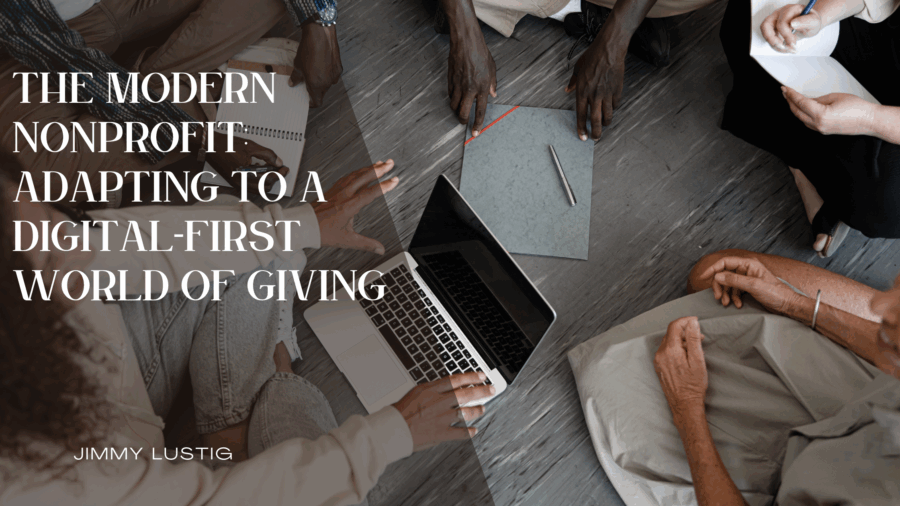The nonprofit sector is experiencing one of the most significant transformations in its history. With technology reshaping how people connect, communicate, and contribute, organizations are adapting to a digital-first world of giving. This evolution isn’t just about convenience—it’s about meeting donors, volunteers, and communities where they already are: online.
Shifting Donor Expectations
Today’s donors expect transparency, immediacy, and impact. They want to know exactly how their contributions are being used and to see real-time results. Digital platforms allow nonprofits to share updates instantly—whether through social media stories, email newsletters, or interactive dashboards. By offering this level of visibility, nonprofits can build deeper trust and loyalty with their supporters.
Harnessing the Power of Online Platforms
From crowdfunding campaigns to peer-to-peer fundraising, online tools have expanded opportunities for giving. A compelling campaign can reach thousands of potential donors with a single post, breaking geographical barriers that once limited support. Nonprofits that embrace these platforms can scale faster, attract new audiences, and diversify funding streams.
Engaging Through Storytelling
The digital-first landscape is also about storytelling. Videos, blogs, and podcasts give nonprofits creative ways to highlight their mission and impact. A short video of a community project or a testimonial from a beneficiary can inspire action more effectively than a traditional annual report. Storytelling makes causes relatable and motivates people to get involved in ways that feel personal.
Data-Driven Decisions
Technology also enables smarter strategies. Analytics from digital campaigns help nonprofits understand donor behavior, track engagement, and identify trends. With this data, organizations can tailor their messaging, target the right audiences, and measure what works—ensuring resources are spent effectively.
Challenges and Opportunities
Of course, adapting to digital-first giving comes with challenges: cybersecurity, digital fatigue, and the need for ongoing innovation. Yet, these challenges are also opportunities for nonprofits to strengthen systems, embrace creativity, and stay relevant in a rapidly changing environment.
Conclusion
The modern nonprofit is no longer confined to in-person events and paper mailers. By embracing digital tools, transparent storytelling, and data-driven strategies, organizations can deepen connections and expand their reach. In a digital-first world of giving, those who adapt not only survive—they thrive, building stronger communities and lasting impact for generations to come.










